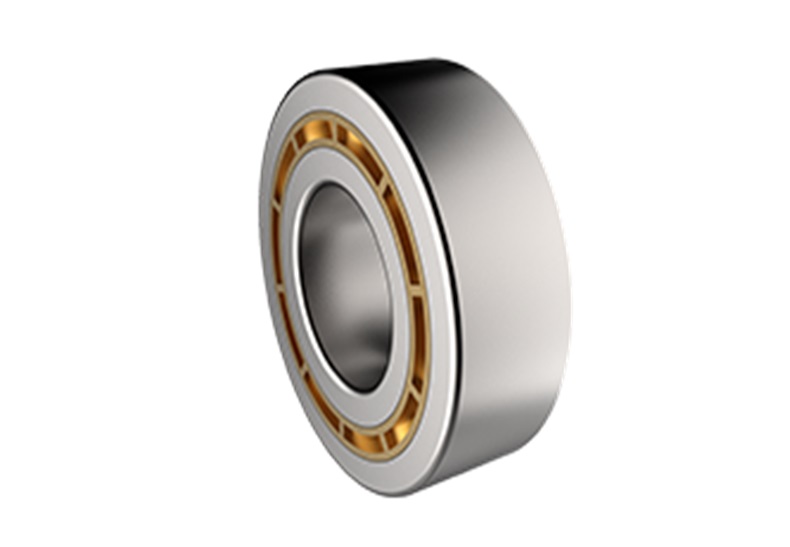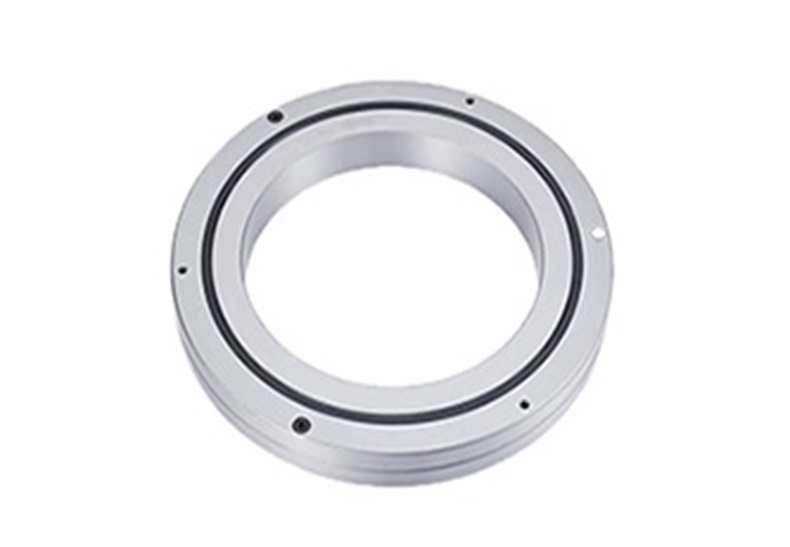Application of Bearings in AGV and RGV Trolleys
The modern and intelligent logistics transportation and warehousing system will surely subvert people's concept of traditional logistics and warehousing. For many people who are new to the industry, what is the difference between AGV and RGV? Now we will share with you in detail.
1. AGV bearing
AGV stands for "Automated Guided Vehicle", which belongs to the category of Wheeled Mobile Robot (WMR). Its system is mainly composed of unmanned automatic guided vehicles, AGV management, monitoring systems and intelligent charging systems. The operation of the AGV bearing service trolley is under the management and monitoring of the AGV management and monitoring system. The vehicle selects the optimal route planned according to the requirements of the operation task, walks accurately and stops at the designated place to complete a series of operation instructions; such as picking up goods, unloading, charging, etc.
The AGV system has broad application prospects in the automated production of enterprises and computer integrated production systems, especially in the highly automated logistics and warehousing industry; it is the latest choice for many traditional manufacturing industries to improve production efficiency and reduce enterprise costs. The handling of goods in traditional warehouses and factories always consumes a lot of manpower, is inefficient and prone to errors; the use of AGV bearing trolleys can easily and perfectly solve this problem, which not only reduces labor costs, but also makes the working environment safer; due to the use of computer control systems, the instructions are issued by professional technicians, and the AGV trolley realizes the intelligent and mechanized operation mode of the whole process by receiving the instructions and executing it, thus greatly improving the work efficiency.
2. RGV bearing
RGV means "rail-guided vehicle", also known as rail shuttle trolley, which is a transport vehicle that is in contact with the ground rail. The trolley bearing is mainly composed of the frame, the driving wheel, the follower wheel, the front and rear bumpers, the chain conveyor, the communication system, the electrical system and each cover plate. It has a very wide range of applications in the logistics system, and has the characteristics of high speed, high reliability and low cost. According to their different functions, it can be divided into two types: assembly-type RGV system and transportation-type RGV system, which are mainly used for material transportation and workshop assembly. According to the movement mode, it can be divided into circular orbit type and linear reciprocating type. The circular orbit type RGV system has high efficiency and can work with multiple vehicles at the same time. Aluminum alloy rails are generally used; The efficiency is relatively low compared to the annular RGV system. The RGV system can be used as the peripheral equipment of the three-dimensional warehouse, or it can be its own independent system.
As a warehousing peripheral bearing service equipment, it is very convenient to realize automatic docking with other logistics systems, such as outbound and inbound platforms, various buffer stations, conveyors, elevators and robots, etc., to transport materials according to plan. In addition, it does not require personnel to operate and runs fast, thus significantly reducing storage costs and improving labor productivity. At the same time, the application of shuttle vehicles can make the logistics system very simple.














 English
English  français
français  Deutsch
Deutsch  italiano
italiano 



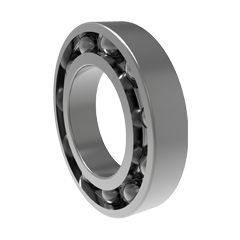
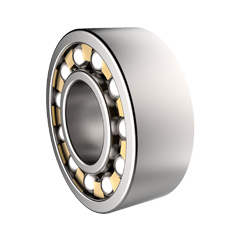
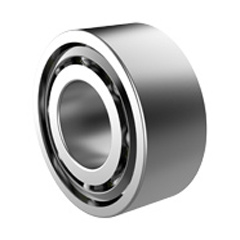

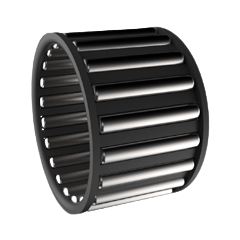
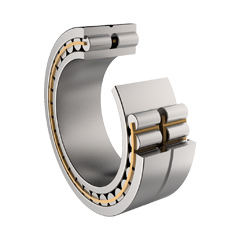

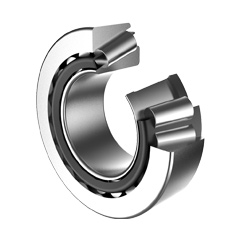
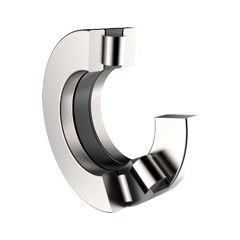
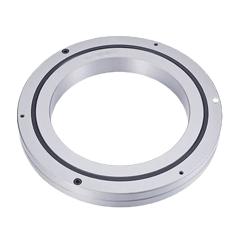
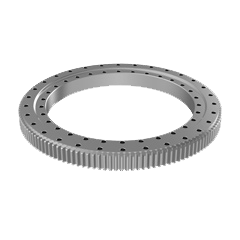

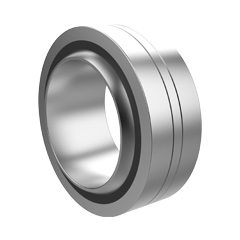

 English
English  français
français  Deutsch
Deutsch  italiano
italiano 

